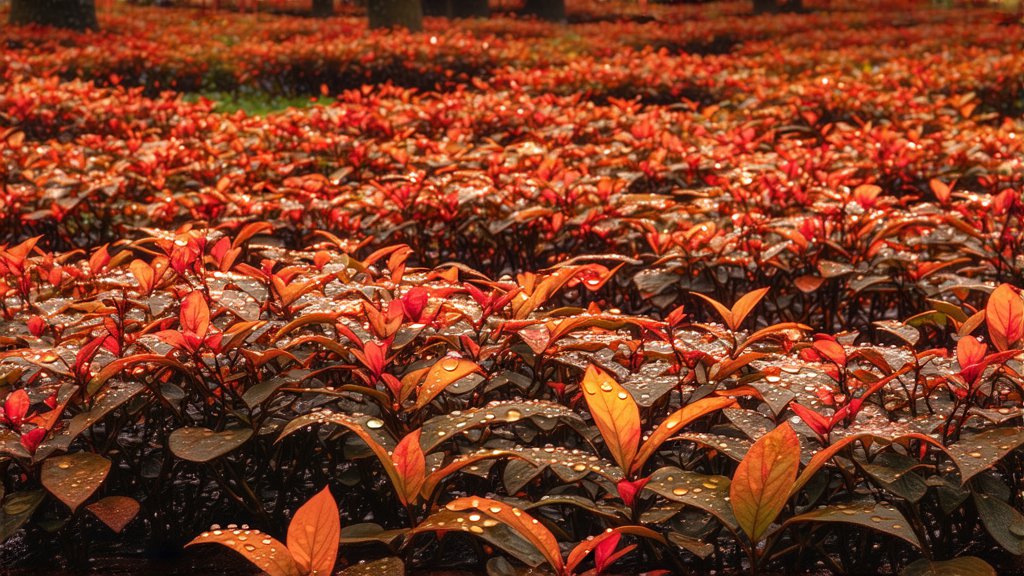
In the vast and diverse landscape of Chinese tea, few varieties capture the essence of elegance and rarity quite like Junshan Yinzhen, a distinguished member of the esteemed Huangcha (Yellow Tea) family. This golden elixir, hailing from the lush mountains surrounding Dongting Lake in Hunan Province, has enchanted tea connoisseurs for centuries with its unique flavor profile, delicate aroma, and exquisite appearance. As we embark on a journey to explore the depths of this remarkable beverage, let us delve into its storied past, intricate processing methods, and the art of its appreciation.
Historical Roots & Cultural Significance
Junshan Yinzhen, often referred to as "Silver Needle" due to its slender, needle-like buds covered in fine silver hairs, boasts a history intertwined with Chinese culture and tradition. Its origins trace back over a millennium, with records dating as far back as the Tang Dynasty (618-907 AD). It was during the Song Dynasty (960-1279 AD) that Junshan Yinzhen gained prominence, becoming a favorite among emperors and scholars alike. The tea's association with nobility and intellectual pursuits further cemented its status as a symbol of sophistication and refinement.
The name "Yinzhen," meaning 'silver needle,' reflects not only the physical characteristics of the tea but also its precious nature. In ancient times, it was considered a tribute tea, reserved exclusively for the imperial court, symbolizing purity and the highest quality. Today, while more accessible, Junshan Yinzhen continues to embody these qualities, representing the pinnacle of artisanal tea production in China.
Varieties & Classification
Within the broader category of Huangcha, Junshan Yinzhen stands out as a premier variety. Unlike green or black teas, which undergo extensive oxidation or are quickly fired to halt enzyme activity, Huangcha, including Junshan Yinzhen, follows a distinct processing path that allows for a moderate level of oxidation, resulting in its signature yellowish hue and mellow taste. There are two primary grades of Junshan Yinzhen: Superior and First Grade. Superior grade consists solely of tender, downy buds, while First Grade may include some young leaves along with the buds. Both grades share the same meticulous production process but differ slightly in terms of yield and subtle nuances in flavor and aroma.
The Art of Processing
The transformation of fresh tea leaves into the refined Junshan Yinzhen involves several carefully executed steps, each contributing to the tea's distinctive character:
-
Harvesting: Pickers select only the finest, youngest buds during the early spring season when they are most succulent and rich in nutrients. This period is crucial for achieving the desired sweetness and fragrance.
-
Spreading & Withering: The freshly picked buds are spread thinly on bamboo mats or trays to undergo a slow withering process. This step reduces moisture content and initiates slight enzymatic activity without fully oxidizing the leaves.
-
Fixation: Gentle steaming or pan-frying briefly halts enzyme activity, preserving the natural green color and locking in the unique flavors. Unlike other teas, the fixation for Junshan Yinzhen is minimal to maintain its delicate nature.
-
Humidifying: After fixation, the buds are wrapped in cloth or paper to create a humid environment that encourages controlled oxidation. This step is what gives Huangcha its characteristic yellow color and smooth taste.
-
Drying: Finally, the tea is dried slowly at low temperatures to remove any remaining moisture while preserving its delicate flavors and aromas.
This meticulous craftsmanship ensures that every sip of Junshan Yinzhen encapsulates the essence of its terroir—the unique combination of climate, soil, and elevation of its mountainous birthplace.
Appreciating Junshan Yinzhen: A Sensory Journey
To truly appreciate Junshan Yinzhen is to engage all senses in a mindful ritual that transcends mere consumption. Here's how you can elevate your tea experience:
-
Visual Appreciation: Observe the dry leaves, marveling at their slender shape and silver sheen. Upon steeping, note how they unfurl gracefully in hot water, revealing a pale yellow liquor that glows like liquid gold.
-
Aroma: Before taking your first sip, inhale deeply to capture the subtle floral notes mixed with hints of honey and fresh hay. Let the aroma transport you to the misty hillsides of Junshan Island.
-
Tasting: Sip slowly, allowing the tea to coat your palate. Savor the initial sweetness followed by a gentle bitterness that quickly dissipates, leaving a refreshing aftertaste reminiscent of apricots and melons. Notice how the tea's body feels velvety yet light, gliding effortlessly across your tongue.
-
Texture: Pay attention to the texture, which should be smooth and almost silky, a testament to the tea's high-quality buds and precise processing.
-
Aftertaste: Reflect on the lingering sensation long after the cup is empty. A good Junshan Yinzhen will leave a clean, pleasant sweetness that invites contemplation and another sip.
Conclusion
Junshan Yinzhen is more than just a tea; it is a cultural treasure, a testament to centuries of tradition, and a celebration of nature's bounty. From its historical roots to its intricate processing and the artful act of tasting, every aspect of Junshan Yinzhen invites exploration and appreciation. For those fortunate enough to partake in this golden elixir, it becomes not merely a drink but an experience—one that connects the present moment with a rich heritage stretching back through time. So, brew yourself a pot, immerse yourself in the world of Junshan Yinzhen, where every sip tells a story of elegance, endurance, and the timeless beauty of Chinese tea culture.